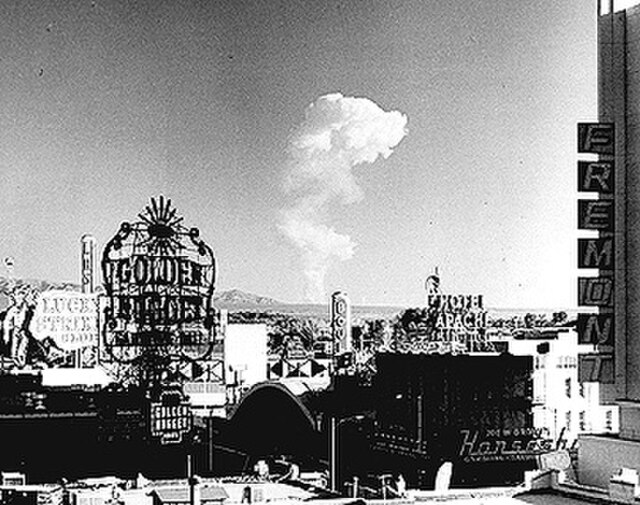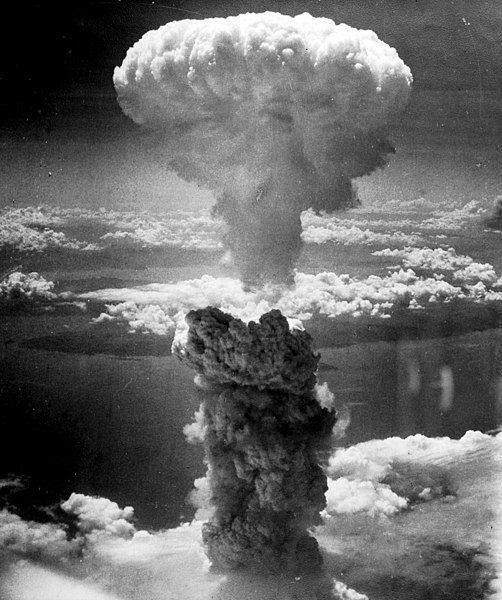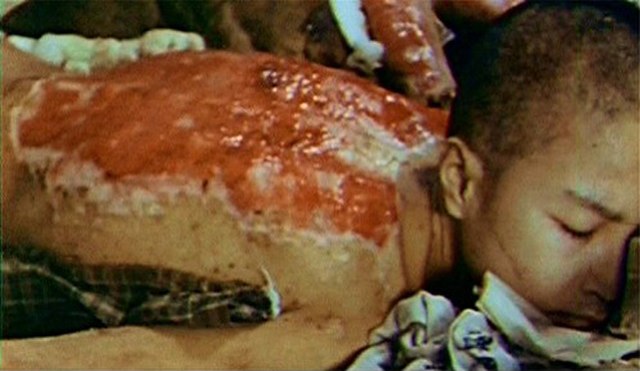The Atomic Age, also known as the Atomic Era, is the period of history following the detonation of the first nuclear weapon, The Gadget at the Trinity test in New Mexico, on 16 July 1945, during World War II. Although nuclear chain reactions had been hypothesized in 1933 and the first artificial self-sustaining nuclear chain reaction had taken place in December 1942, the Trinity test and the ensuing bombings of Hiroshima and Nagasaki that ended World War II represented the first large-scale use of nuclear technology and ushered in profound changes in sociopolitical thinking and the course of technological development.
An early nuclear power plant that used atomic energy to generate electricity
This view of downtown Las Vegas shows a mushroom cloud in the background. Scenes such as this were typical during the 1950s. From 1951 to 1962 the government conducted 100 atmospheric tests at the nearby Nevada Test Site.
A photograph taken in the abandoned city of Pripyat. The Chernobyl nuclear power plant can be seen on the horizon.
The 2011 Fukushima Daiichi nuclear disaster in Japan, the worst nuclear accident in 25 years, displaced 50,000 households after radiation leaked into the air, soil and sea.
Nuclear warfare, also known as atomic warfare, is a military conflict or prepared political strategy that deploys nuclear weaponry. Nuclear weapons are weapons of mass destruction; in contrast to conventional warfare, nuclear warfare can produce destruction in a much shorter time and can have a long-lasting radiological result. A major nuclear exchange would likely have long-term effects, primarily from the fallout released, and could also lead to secondary effects, such as "nuclear winter", nuclear famine, and societal collapse. A global thermonuclear war with Cold War-era stockpiles, or even with the current smaller stockpiles, may lead to various scenarios including the extinction of the human species.
The mushroom cloud over Hiroshima following the detonation of the Little Boy nuclear bomb on 6 August 1945. The atomic bombings of Hiroshima and Nagasaki remain the first and only wartime uses of nuclear weapons in history.
Mushroom cloud from the atomic explosion over Nagasaki rising 18,000 m (59,000 ft) into the air on the morning of August 9, 1945.
A photograph of Sumiteru Taniguchi's back injuries taken in January 1946 by a U.S. Marine photographer
Hypocenter of Atomic bomb in Nagasaki








